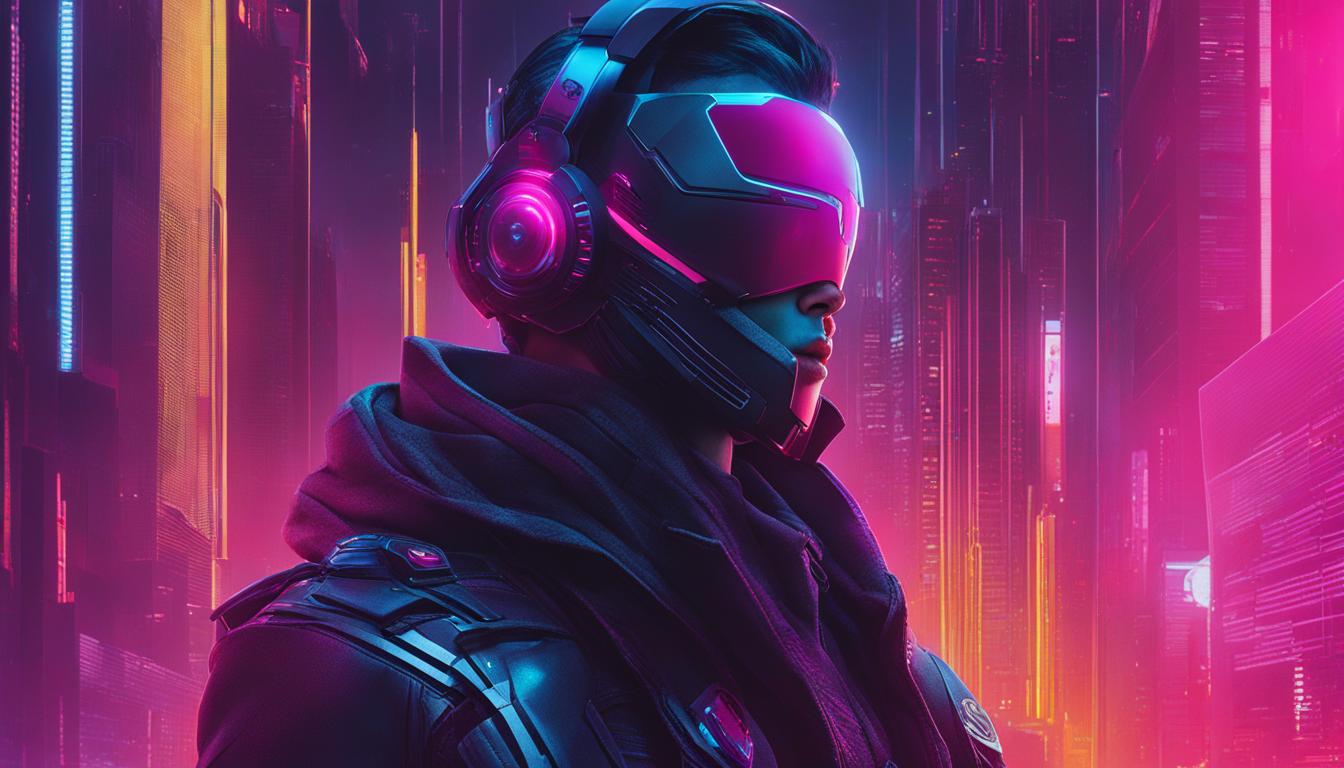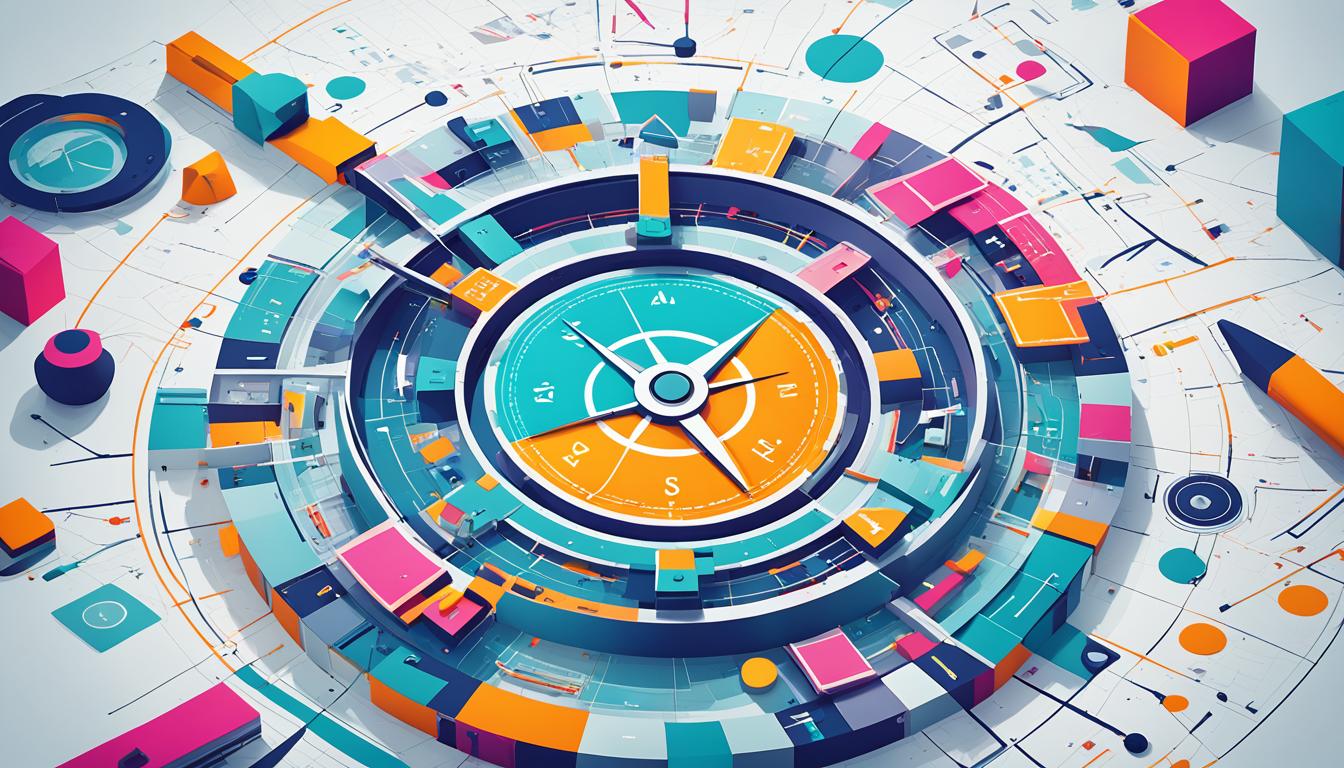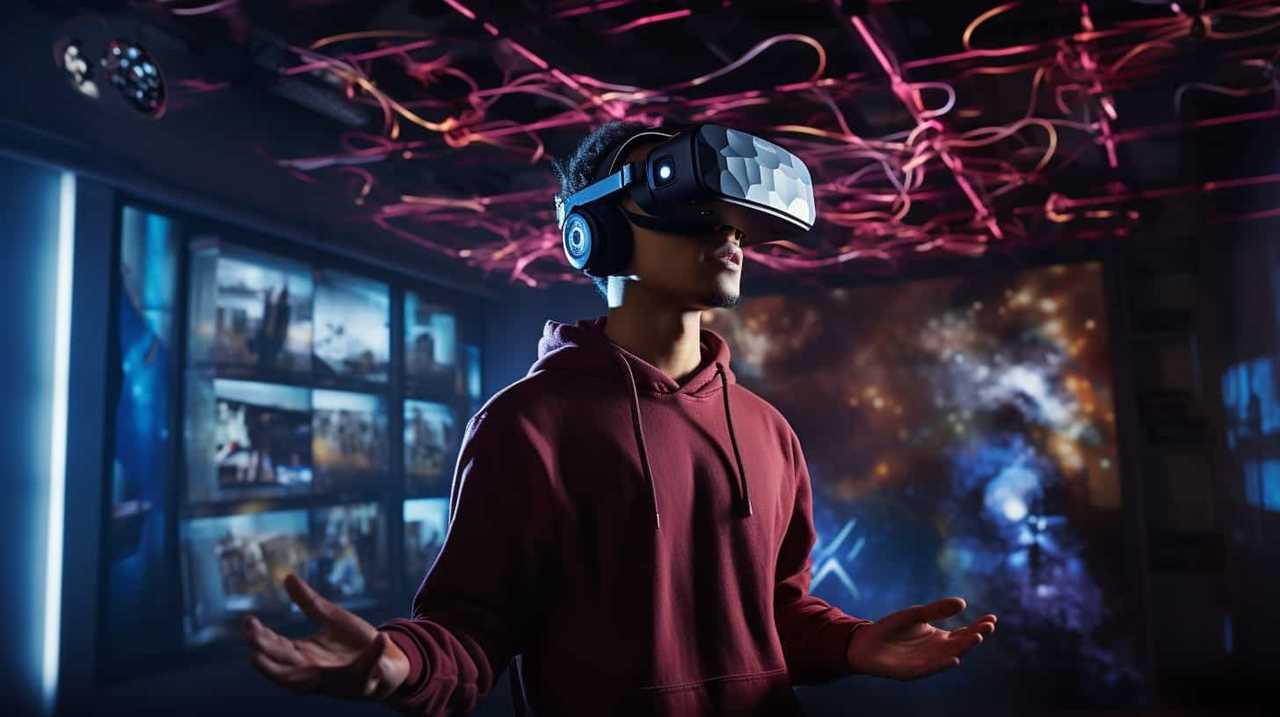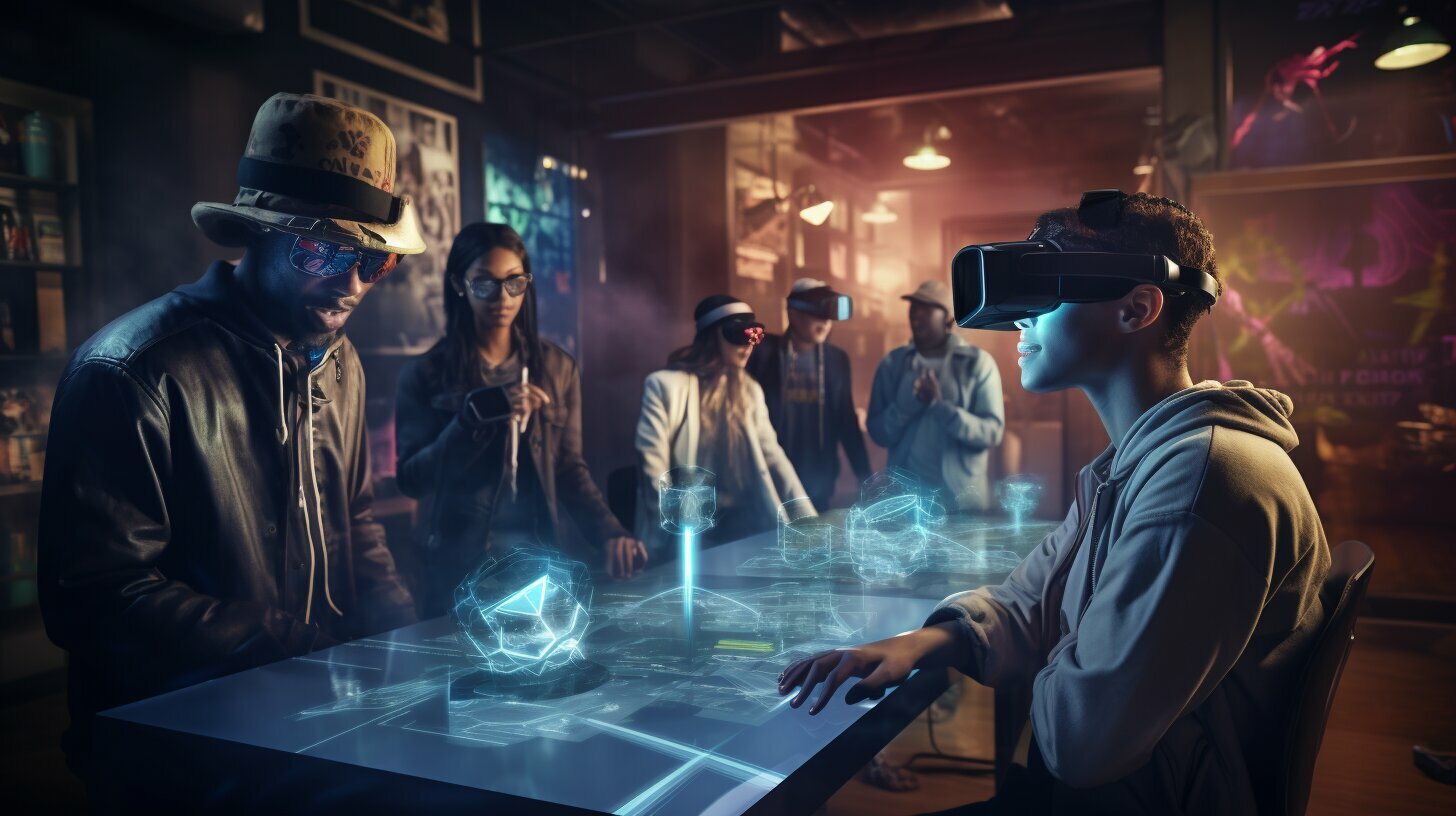We are witnessing a major shift in the world of film and television production. The impact of AI is changing the way stories are created, visual effects are produced, and production processes are improved.
With AI technology at our disposal, we are revolutionizing post-production and engaging audiences like never before. This is not just a glimpse into the future, but a gateway to a world where creativity knows no bounds.
Join us as we explore the limitless possibilities that AI brings to the realm of entertainment.
Key Takeaways
- AI revolutionizes storytelling and scriptwriting in film and TV production by generating innovative and diverse narratives.
- AI enhances visual effects and production processes by creating stunning visuals, automating scheduling and resource allocation, and suggesting alternative solutions for production bottlenecks.
- AI streamlines post-production workflows and improves content quality by automating tasks such as shot selection, transcription, captioning, and media organization.
- AI transforms film and TV consumption by personalizing viewing experiences, recommending content based on preferences, and creating more engaging and immersive experiences.
Improving Storytelling Through AI
Through AI, we can enhance storytelling in film and TV production. AI-generated scripts and AI-powered character development have the potential to revolutionize the way stories are told on screen. With AI, scripts can be created and refined at a faster pace, allowing for more innovative and diverse narratives. AI algorithms can analyze vast amounts of data to generate compelling characters with depth and complexity. This technology enables filmmakers to explore new storytelling possibilities and push creative boundaries.

By harnessing the power of AI, storytellers can bring characters to life in ways that were previously unimaginable. For example, AI can analyze audience preferences and generate scripts tailored to specific demographics, resulting in more engaging and relatable stories.
As we delve into the next section about enhancing visual effects with AI technology, we see how AI’s impact on storytelling extends beyond just the script and characters.
Enhancing Visual Effects With AI Technology
In the realm of film and TV production, AI technology is transforming the way visual effects are enhanced.
With AI-driven rendering, filmmakers can now create stunning visuals that were once only possible with extensive manual labor and time-consuming processes. AI algorithms analyze vast amounts of data and generate realistic textures, lighting, and shadows, resulting in more immersive and visually appealing scenes.

AI-powered character animation has revolutionized the way characters are brought to life on screen. Using machine learning techniques, AI can mimic human movement and expressions, allowing for more natural and lifelike performances. This technology not only saves time and resources but also opens up new creative possibilities for filmmakers, enabling them to push the boundaries of visual storytelling.
As AI continues to evolve, we can expect even more exciting advancements in visual effects in the future.
Streamlining Production Processes Using AI
With AI-driven rendering and character animation revolutionizing visual effects, we can now explore how AI streamlines production processes in film and TV.
AI technology has the potential to automate scheduling and optimize resource allocation, making the production workflow more efficient and cost-effective. By analyzing historical data and patterns, AI algorithms can generate accurate production schedules, taking into account factors such as crew availability, location availability, and equipment availability. This not only saves time but also ensures that resources are allocated optimally, maximizing productivity and minimizing wastage.
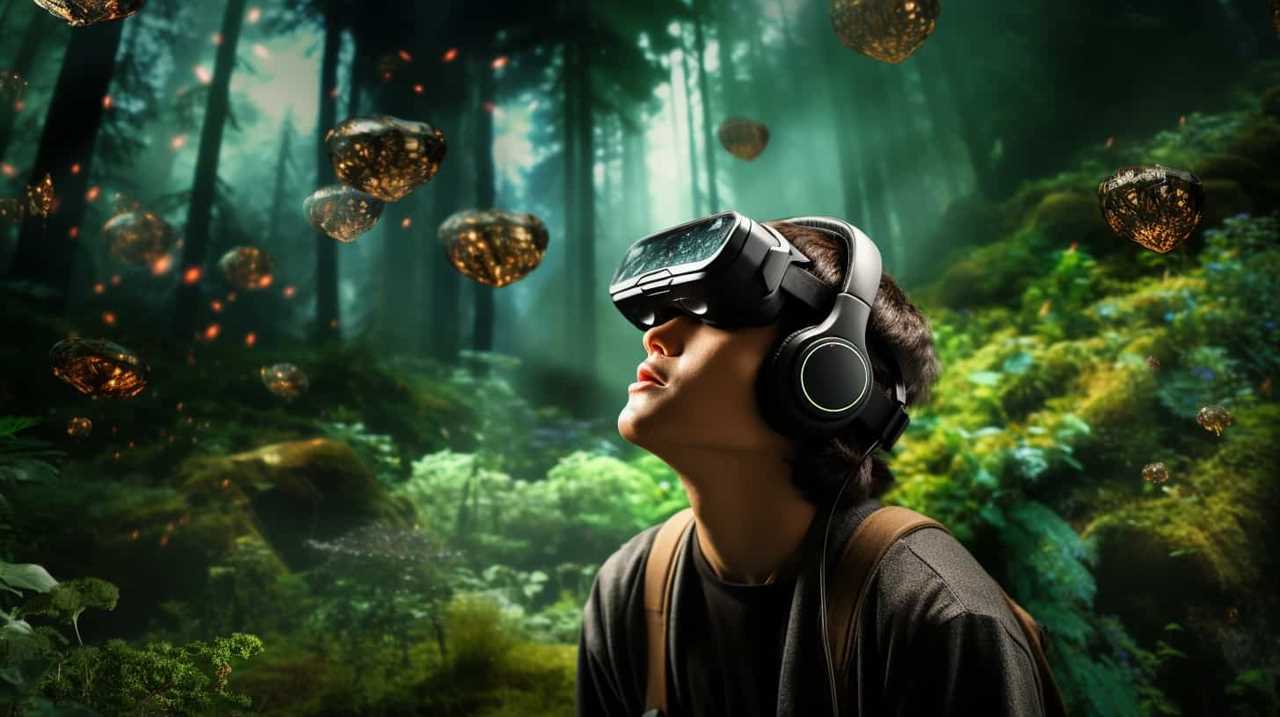
Additionally, AI can assist in predicting potential bottlenecks and proactively suggest alternative solutions, further enhancing the production process. By automating scheduling and optimizing resource allocation, AI empowers filmmakers and production teams to focus on creative aspects, allowing them the freedom to bring their visions to life.
This seamless integration of AI into production processes sets the stage for the subsequent section, where we’ll discuss how AI revolutionizes post-production with its powerful tools and capabilities.
Revolutionizing Post-Production With AI Tools
To revolutionize post-production, AI tools enhance our workflow by automating tasks and providing powerful capabilities. AI driven automation has the potential to transform the way we edit and enhance our films and TV shows.
Here are three ways AI is revolutionizing post-production:
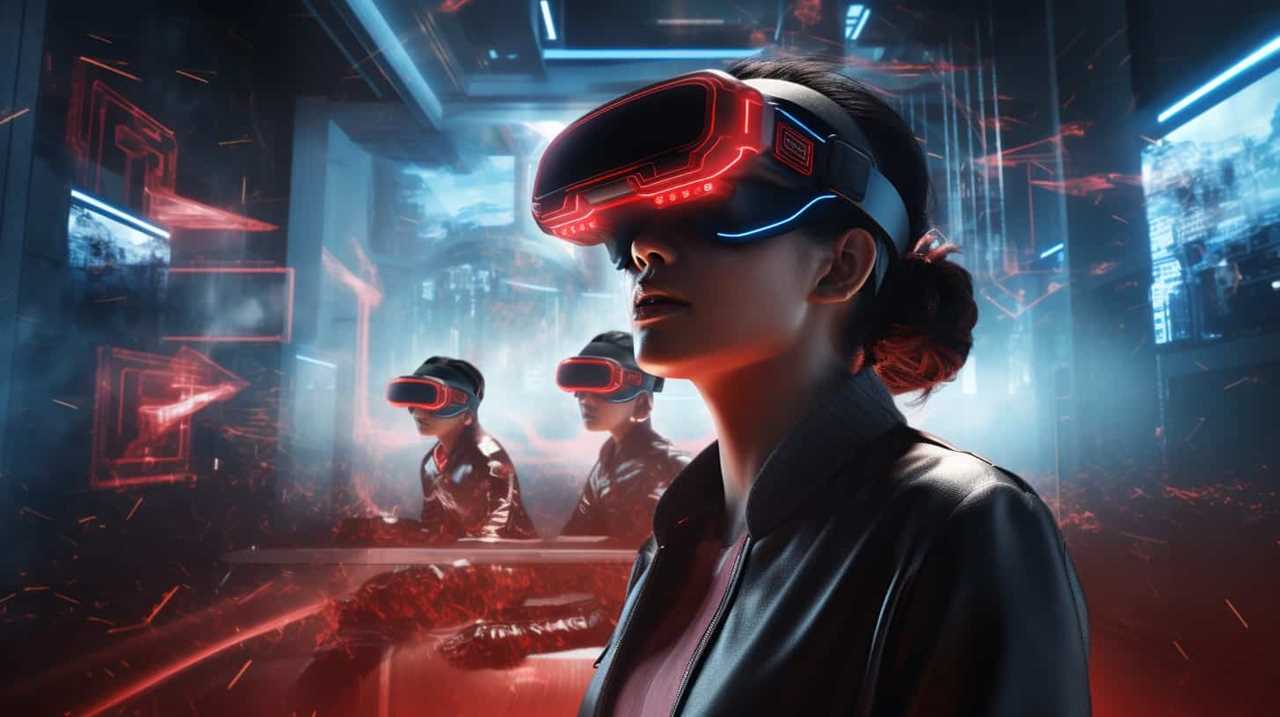
- AI powered editing: AI algorithms can analyze large volumes of footage and automatically select the best shots, saving time and effort for editors. These tools can also assist in color grading, visual effects, and sound editing, ensuring a polished final product.
- Automated transcription and captioning: AI can transcribe dialogue and generate accurate captions, making it easier for editors to search for specific scenes or lines. This not only saves time but also improves accessibility for viewers.
- Smart content organization: AI tools can automatically tag and categorize media files based on their content, making it easier to find and reuse assets for future projects. This streamlines the post-production process and enhances collaboration among team members.
With AI’s capabilities in automation and editing, post-production workflows are becoming more efficient, allowing filmmakers and editors to focus on their creative vision and deliver high-quality content.
Transforming Audience Engagement Through Ai-Generated Content
AI-generated content transforms audience engagement by personalizing experiences and creating immersive storytelling.
AI has revolutionized the way we consume film and TV, allowing for personalized viewing experiences tailored to individual preferences. By analyzing vast amounts of data, AI algorithms can recommend content based on our viewing history, preferences, and behaviors, enhancing our overall experience.
This level of personalization goes beyond just suggesting what to watch; it also extends to scriptwriting and character development. AI can analyze successful scripts and characters, identifying patterns and trends that resonate with audiences. This valuable insight can then be used to create compelling narratives and relatable characters that captivate viewers.
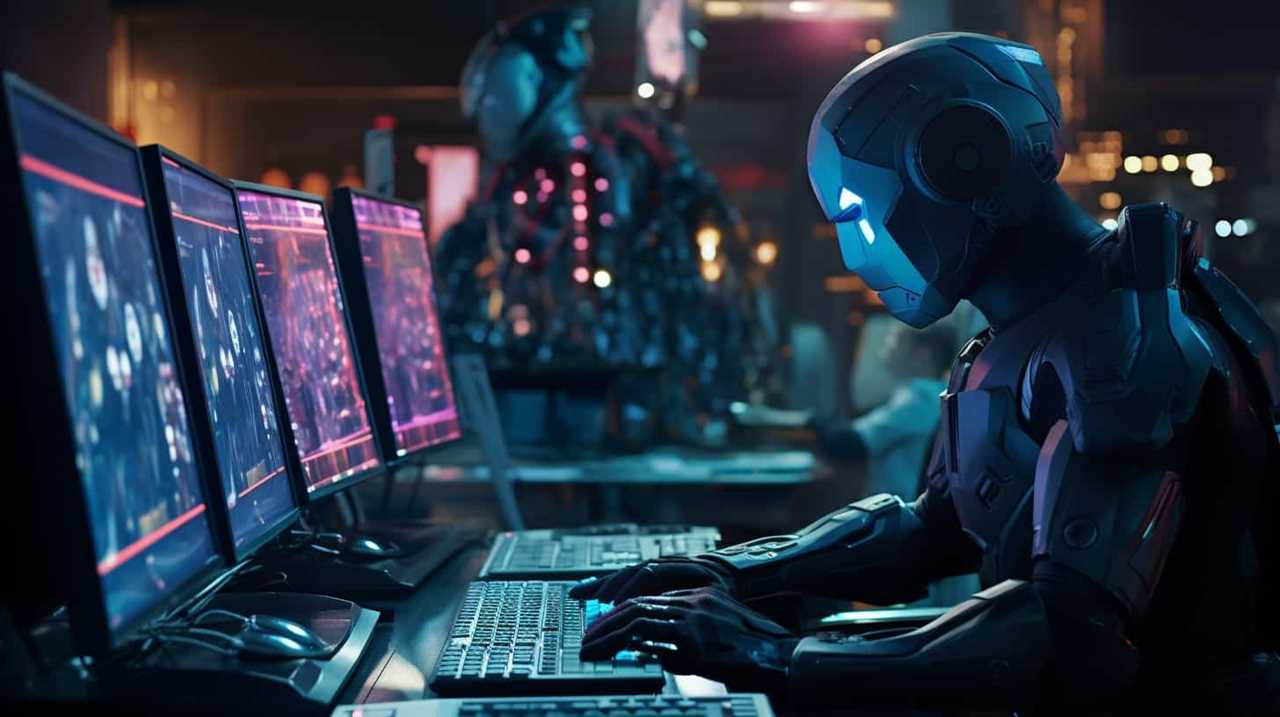
With AI’s role in creating personalized viewing experiences and its impact on scriptwriting and character development, the future of film and TV promises to be more engaging and immersive than ever before.
Frequently Asked Questions
Can AI Completely Replace Human Creativity in Storytelling and Scriptwriting?
AI’s limitations in storytelling are evident, as it lacks human creativity and emotional depth. Additionally, ethical concerns arise when AI-generated content is passed off as human-made. However, AI can still assist and enhance the creative process.
How Does AI Technology Contribute to the Improvement of Visual Effects in Film and TV Production?
AI’s impact on visual effects in film and TV production is immense. By enhancing realism and accelerating production timelines, AI technology revolutionizes the way we create captivating visual experiences, pushing the boundaries of what is possible.
What Are Some Specific Examples of Production Processes That Can Be Streamlined Using Ai?
Automated editing and AI-assisted casting are examples of production processes that can be streamlined using AI. These advancements offer efficiency and precision, revolutionizing the way films and TV shows are made, enhancing the overall quality and experience for viewers.

How Do AI Tools Revolutionize the Post-Production Phase of Filmmaking?
AI tools revolutionize the post-production phase of filmmaking by enhancing editing processes. With AI, we can automate tedious tasks, improve efficiency, and explore creative possibilities. It’s like having a virtual assistant that elevates our editing capabilities.
In What Ways Does Ai-Generated Content Transform Audience Engagement in the Film and TV Industry?
AI-generated content revolutionizes audience engagement in the film and TV industry. By analyzing viewer preferences, AI tailors content, enhancing the overall experience. Through interactive features, AI encourages active participation, transforming passive spectators into active participants.
Conclusion
In conclusion, the impact of AI on the future of film and TV production can’t be overstated.
With AI technology improving storytelling, enhancing visual effects, streamlining production processes, and revolutionizing post-production, the possibilities are endless.
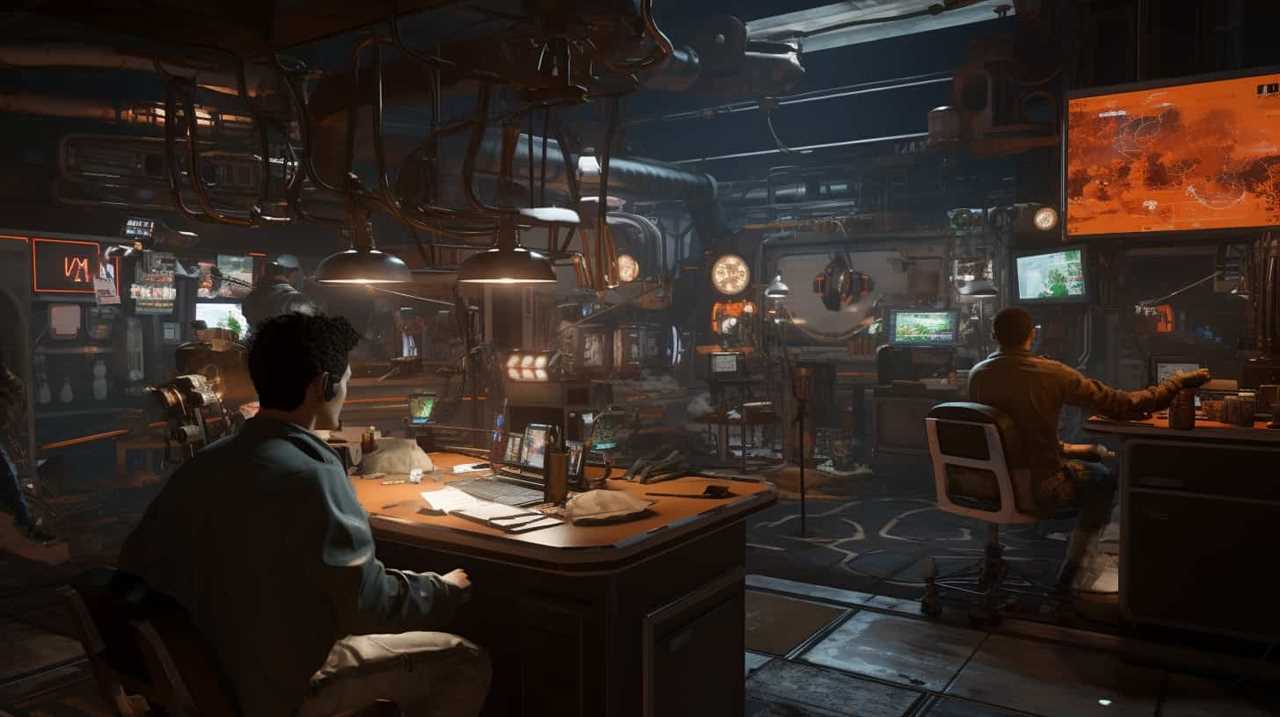
From creating AI-generated content to transforming audience engagement, AI is set to reshape the industry in unimaginable ways.
The future of film and TV production is bright and exciting, thanks to the power of AI.


